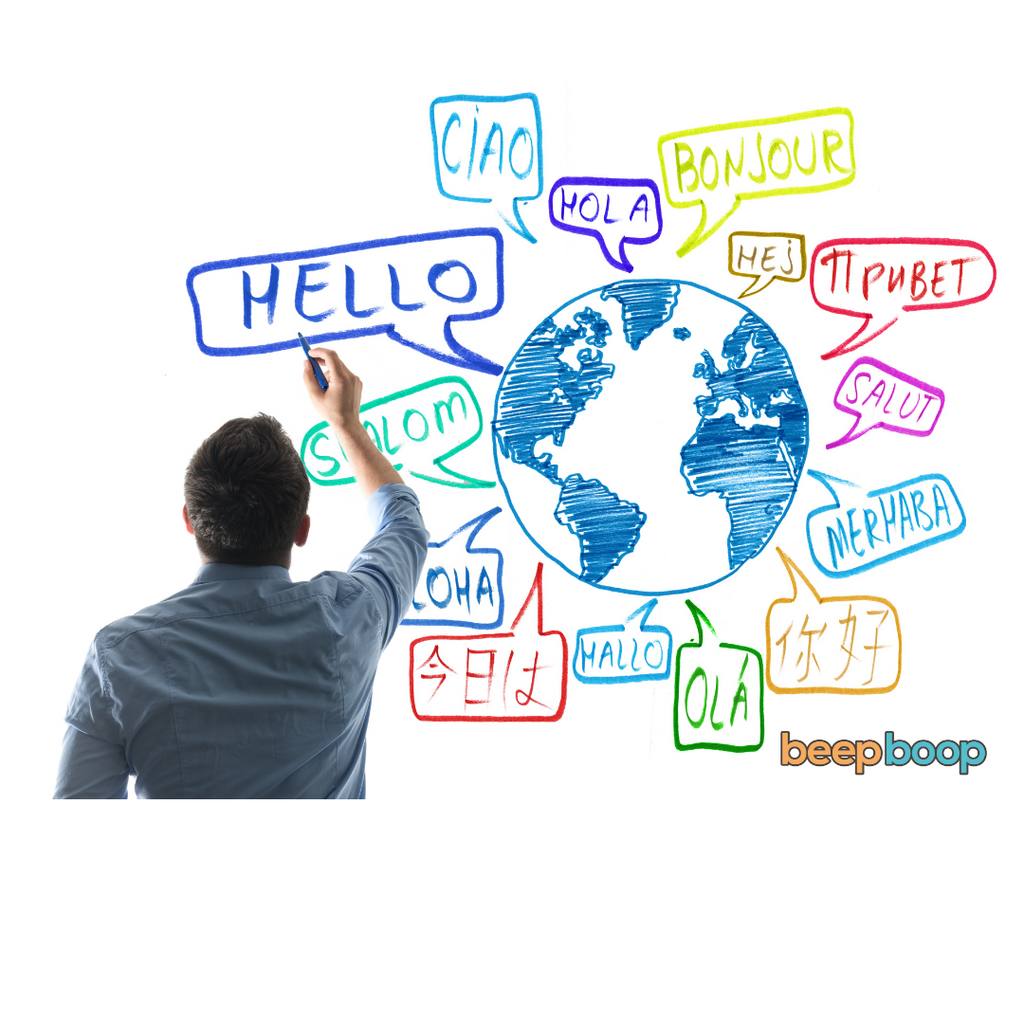Hola, language enthusiasts! Welcome back to Beepboop's Blog. Today, we're delving into the intricate world of translation and exploring why effective translation goes beyond a literal word-for-word approach. It's a journey into understanding how meaning, context, and even grammar can vary significantly across languages.
The Essence of Translation
Translation is an art that involves much more than converting words from one language to another. It's about conveying meaning, context, culture, and the subtleties that give a language its unique flavor. A skilled translator doesn't just translate words; they translate ideas, emotions, and cultural contexts.
Literal vs. Conceptual Translation
Literal Translation:
- Definition: Translating the exact words from the source language to the target language.
- Issue: It often fails to convey the intended meaning as it ignores cultural nuances, idiomatic expressions, and grammatical differences.
Conceptual (or Contextual) Translation:
- Definition: Translating the idea or concept behind the words, taking into account the context, cultural nuances, and grammatical structures.
- Advantage: It ensures the translated text is meaningful and relevant in the target language, preserving the original message's essence.
Grammar and Structure Variations
A literal translation often overlooks the fact that grammatical structures and tenses can differ widely between languages. For example, the way past events are expressed in Spanish might not have a direct equivalent in English, and vice versa. A good translator must adapt the sentence structure and tense to maintain the original's meaning and flow.
Examples in Spanish
Consider the phrase "Estar en las nubes." A literal translation to English would be "To be in the clouds," but the conceptual translation is "To have one's head in the clouds," which captures the idea of daydreaming or being distracted.
The Role of Culture in Translation
Cultural understanding is crucial in translation. Idioms, jokes, and sayings often lose their essence if translated literally. Translators must find equivalent expressions in the target language that evoke similar sentiments or reactions.
Challenges in Literal Translation
- Loss of Meaning: Literal translation can result in misunderstandings or a loss of the original's depth.
- Unnatural Phrasing: It can create awkward or unnatural sentences in the target language.
- Ignoring Context and Grammar: Literal translation often fails to consider the context and the grammatical differences, leading to incorrect interpretations.
The Art of a Good Translation
A masterful translator is akin to an artist and a linguist rolled into one. They must deeply understand both the source and target languages, grasp cultural subtleties, and creatively find words that preserve the original's tone, style, and intent.
Conclusion
In the realm of language and translation, literal isn't always better. A good translation captures the spirit, humor, and essence of the original text, ensuring the message is not just understood but also resonates in the target language.
As you learn with Beepboop, remember to think beyond the words. Embrace the culture, the context, and understand the grammatical intricacies. That's where true fluency and understanding begin.
Stay curious, and continue exploring the fascinating world of languages with us. ¡Hasta luego!
Author's Note: This article aims to provide insights into the complex nature of translation for language learners. For a more profound comprehension, engaging with bilingual texts and practicing diverse translation exercises can be extremely beneficial.

